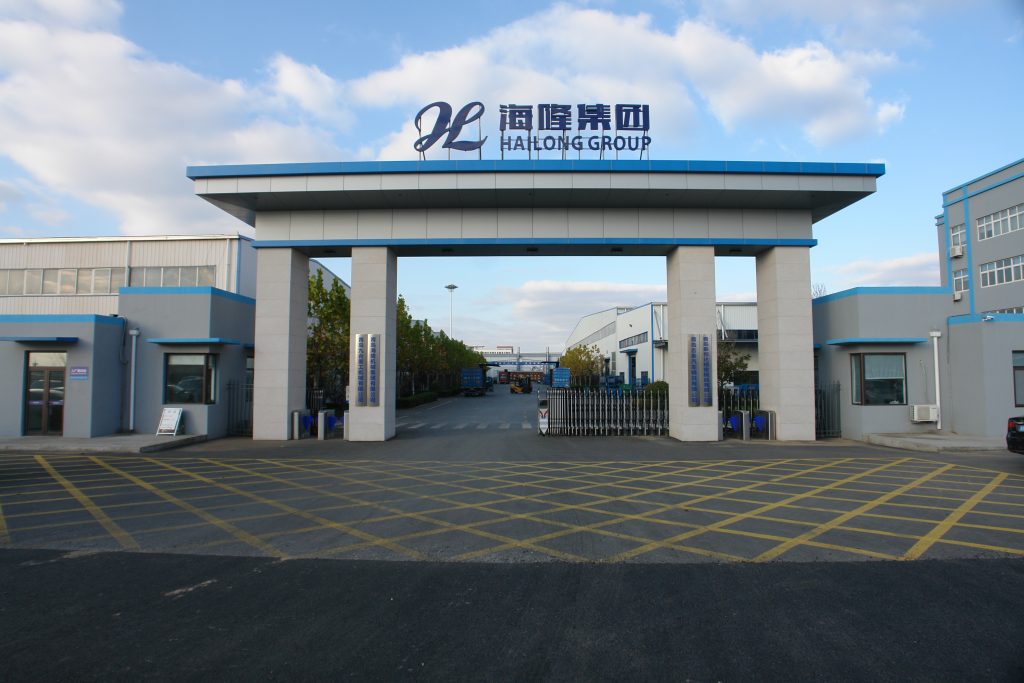The machining allowance for castings refers to a kind of reserved space in the process to ensure the final part dimensions and quality. In the design of casting molds and the planning of casting processes, it is necessary to take into account machining allowances to ensure that the final casting meets design requirements. Here are some issues to consider regarding machining allowances for castings:
Linear Contraction:
During the casting process, the molten metal undergoes linear contraction upon solidification. Therefore, it is necessary to consider this contraction in mold design to determine appropriate mold dimensions and shapes.
Warping and Deformation:
High-temperature metals are prone to warping and deformation during solidification. To compensate for these deformations, it is necessary to consider appropriate allowances in mold design and make corrections during subsequent machining processes.
Machining Allowance:
Castings typically require machining processes such as grinding, milling, cutting, etc. Machining allowances need to be considered in design to ensure that the final dimensions meet design requirements.
Surface Coatings:
If the casting requires surface coatings, such as plating or spraying, these coating thicknesses need to be considered to ensure that the final part dimensions conform to design requirements.
Material Shrinkage:
Different metal materials have different shrinkage rates after solidification. When designing molds and determining allowances, the material properties need to be considered to accurately calculate shrinkage allowances.
Structural Shape:
Different structural shapes may result in different deformations and contractions. Complex structures may require more machining allowances to compensate for deformations.
Quality Requirements:
The final quality requirements for the casting will also impact the determination of machining allowances. Higher precision requirements for dimensions and shapes may necessitate increased machining allowances.
Process Control:
Considering uncertainties in the casting process, such as metal flow, cooling rates, etc., some tolerance allowances need to be factored into the allowances to ensure the quality of the final part.
In practical applications, these issues may need continuous optimization through experimentation and experience to ensure that the final casting meets design requirements. Close collaboration with casting process professionals is also crucial to accurately calculate machining allowances.
We can provide various materials of metal casting and processing services, if you need to contact us.

